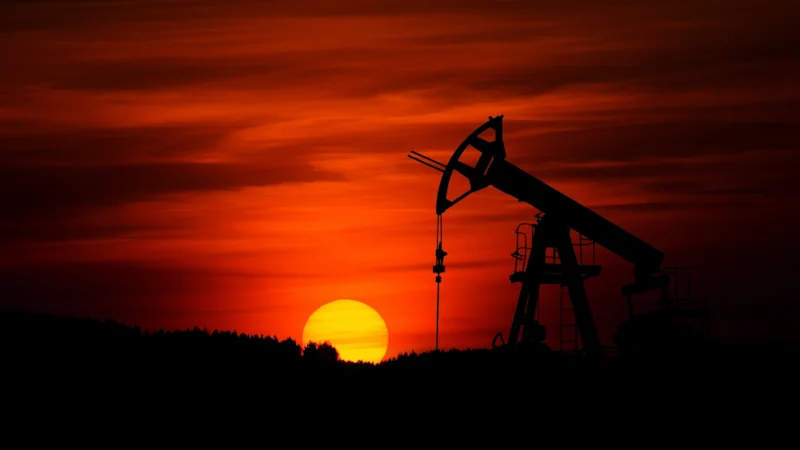
Whitebark has also appointed leading international consultancy, RISC Advisory, to complete a commerciality assessment on Warro to outline the best economic option for the asset. RISC has experience in completing similar studies within the Perth Basin for government and investor groups.
Plans also include a review of the deeper potential of the Warro gas field using existing 3D seismic data, to determine the presence of possible targets below the known Yarragadee reservoir.
All production data and pressure transient data will also be reviewed and re-analysed to confirm the recent petrophysical results. The pressure transient analysis helps to quantify reservoir quality and reservoir discontinuities.
The company also plans to review the stimulation programs previously executed on Warro-3 and Warro-4 to optimise gas flows and reduce water breakthrough in future reservoir stimulation work.
Results from all four studies are expected in the short term and will be consolidated into a comprehensive report outlining reservoir connectivity, stimulation dynamics, potential for dry-gas flows, deeper structural opportunities and the overall economics for a future development.
If the results are positive, Whitebark will embark on a targeted re-completion and re-testing program using the results in combination to zero-in on the highest-confidence dry-gas zones within the field.
Whitebark Energy chief operating officer Nik Sykiotis said: “We are applying the best capability and modern technology to Warro to try and understand what this reservoir is capable of commercially delivering in the long term. We are cautiously optimistic that this work will lead to an asset that has the potential to material change the scale of the company, however we will let the science guide us.”
WA’s wholesale gas prices have more than doubled since 2020, making a breakthrough for a new long term supply of gas, potentially from the likes of Warro, imperative to help ease the squeeze on supply.
Warro hosts a whopping estimated 4.4 to 11.6 trillion cubic feet (TCF) of gas and ranks as Western Australia’s single largest onshore gas resource.
It sits just 200 kilometres north of Perth and only 30km from the Dampier-to-Bunbury pipeline, providing a crucial advantage with its location, enabling rapid tie-in and delivery into WA’s domestic market.
Previous operators invested more than $100 million drilling four vertical wells and securing 3D seismic data, however the issue at Warro has always been the flow rates.
After previous fracking, broad intervals were intersected that included both gas and mobile-water zones. Instead of the gas surging to the surface, the stimulation inadvertently allowed water back into the well, choking back flows to disappointing levels of 1–2 million cubic feet a day.
Adams’ petrophysical review revealed thicker gas-charged zones, particularly just above the basement in the Lower Yarragadee Formation, while pinpointing the exact intervals where water tends to infiltrate.
With important new data available to it, the company believes Warro is a potential gas giant that may have been sleeping and a re-entry into the field may provide an opportunity to unlock some serious gas volumes.
Whitebark is now hopeful that the re-interpretation work pointing to separate gas zones may provide the game-changing solution needed to help bring Warro into future production. And at between 4.4 and 11.6 trillion cubic feet of gas, there seems little doubt it will be more than just a game changer if the strategy comes off.
Is your ASX-listed company doing something interesting? Contact: mattbirney@bullsnbears.com.au





